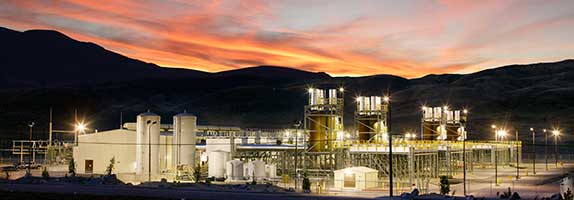

About Marine
Business Standard financial catches up with Mr. Sushil Purohit, President, Wärtsilä Energy to discuss about economies across the globe looking at a decarbonised future and upsurge in investment in renewable energy, storage and balancing technologies.
Energy and marine technology solutions provider Wärtsilä is now looking to diversify into newer fuels such as hydrogen, aprt from providing grid-level energy storage solutions. Speaking with Business Standard, Sushil Purohit, President, Wartsila Energy and EVP, Wärtsilä Corporation, said post Covid, economies across the globe are looking at a decarbonised future and there will be upsurge in investment in renewable energy, storage and balancing technologies.
In India since the 80s, Wärtsilä has delivered 250 power plants to India with a total output of over 3,500 MW. It also operates and manages 35 power plants (including Boiler Turbine Generation stations) with a total output of over 1,300 MW.
As the country accelerates the renewable energy deployment, Purohit said grid-level energy storage is the need of time and they are in active discussions in India to deploy the same. Wärtsilä along with Lappeenranta-Lahti University of Technology LUT, a Finnish public university studied the prospect of a carbon neutral or 100 per cent renewable energy run power system in India by 2050.
“This would require 4,000 Gw of renewable capacity. Along with it is needed a balancing capacity – both in form of energy storage and gas engines which would run on future green fuels. These two technologies are where Wärtsilä is a market leader,” said Purohit.
He said the company is in discussions with the Load Despatch Centres and power distribution utilities (discoms) in India to explore integration of renewable energy. “India will see a business activity in the space of green fuel-based storage and balancing technologies 2030 onwards,” he said.
For preparing power systems towards increased share of renewable energy in the grid, Purohit said storage should be part of the transmission assets at the grid level. “The grid needs to be balanced. So, a green fuel based quick start-up and energy storage is needed in the power system. These two needs to be incentivised so as to attract the interest of the private players in the segment,” he said.
The company is in discussions with several stakeholders in India for grid-level balancing and storage tech, Purohit said, but did not disclose any names. India currently awards energy storage projects as part of solar and wind power projects.
Few utilities such as Tata Power Delhi Distribution ltd has invested in standalone battery storage systems, in order to balance the grid as more green energy gets infused.
Wärtsilä recently won a contract from Oil India ltd (OIL) to construct a 30 Mw power plant at the company’s bottling cum extraction facility in Assam. The power plant will operate with Wärtsilä’s W20V34SG gas engines running on natural gas fuel from OIL’s captive gas fields.
The company also recently acquired Greensmith Energy Management Systems Inc., a market leader in grid-scale energy storage software and integrated solutions. This acquisition has enabled us to rapidly expand our footprint in the energy storage market globally and position us as a premier energy system integrator.
Purohit said they are testing their power generation engines for using hydrogen. “Our engines can currently run on up to 25 per cent hydrogen blend in the fuel. We are testing to increase the share of hydrogen in our engines further and run on 100 per cent in the future,” he said.
In the hydrogen segment, the company would look at business prospects in both the energy and transport market. “We are the largest provider of engines to the Shipping sector. We are working on building engines which can run on 100 per cent green fuel, such as synthetic gas, methanol, ammonia etc,” he said, adding that they are working technologies and engines which will accelerate the decarbonisation of sea transportation.